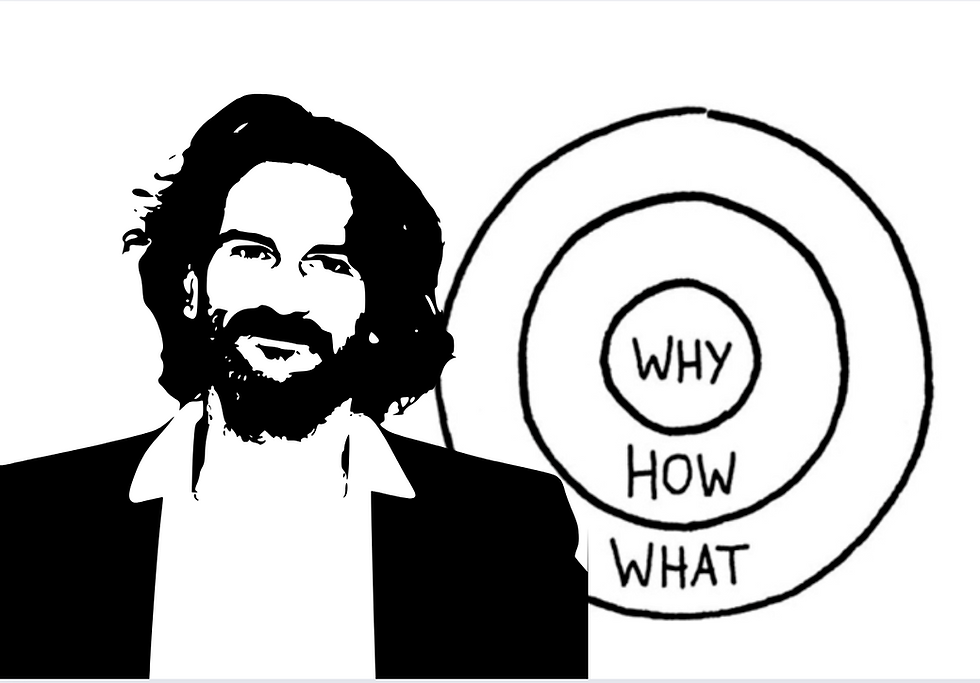The Age of Micro-Moments: How Marketing Has Adapted to the Attention Economy
- Eleonora Guido
- Jul 23
- 3 min read
Let’s be clear from the start: this article isn’t really about me—and it might not be about you either.
As a child of the '80s, I still love the golden era of 30-second TV spots—those emotionally charged, beautifully crafted mini-films made by brands with big budgets and even bigger ideas.
But if you’ve made it this far, congratulations: you’ve already exceeded the average human attention span in the digital age—around 8 seconds, just one less than a goldfish.

As a marketer and content creator, this fact alone forces me to rethink how we communicate.
We’ve moved from the era of big-bang TV campaigns that reached millions at once to an age of fragmented, fleeting, almost atomic content. Welcome to the attention economy.
The Death of Prolonged Attention
Social media hasn’t just changed how we communicate—it’s changed how our brains process information.
TikTok isn’t just a platform—it’s a symbol of cognitive revolution. With the average user spending 95 minutes per day scrolling through hundreds of videos, we’re not just facing a content shift—we’re experiencing a neurological one.
We now process information in rapid bursts. Stories must grab, inform, entertain—and vanish—within seconds.
The Four Key Micro-Moments
Google first introduced the idea of micro-moments a few years ago—those instinctive, intent-driven moments when we turn to a device to satisfy an immediate need.
They fall into four categories:
Want-to-know moments: When we need quick answers. ("What time does the pharmacy close?")
Want-to-go moments: When we’re looking for something nearby. ("Best sushi near me")
Want-to-do moments: When we need guidance. ("How to tie a tie", "How to fix a leaky faucet")
Want-to-buy moments: When we’re ready to make a purchase and searching for the best option.
Each moment is an opportunity—but also a challenge. We have mere seconds to get our message across before attention moves on.
How to Capture Attention in 3 Seconds
So how do you tell a story in just three seconds?How do you express your brand’s value in the time it takes to blink or yawn?
The answer: instant impact.
Take Duolingo on TikTok. Its surreal green owl mascot doesn’t sell language learning directly—it creates viral, bizarre micro-content that grabs attention instantly. The value of education is embedded subtly, revealed after the hook lands.
Winning elements of micro-content:
A strong visual hook within the first 3 seconds
A clear, concise message
A touch of humor or surprise
A specific, low-friction call to action
The Role of AI in Micro-Content Creation
Artificial intelligence is playing a crucial role in this new dynamic.
Tools like ChatGPT can generate dozens of copy variations in seconds. Platforms like Midjourney or Runway can produce high-impact visuals in minutes.
⚠️ But let’s be clear: AI is an amplifier, not a substitute. It can accelerate production—but not replace the strategic and emotional intelligence behind great storytelling.
The challenge isn’t to create more content—it’s to create content that still fits within a broader brand narrative.
The Paradox of Narrative Consistency
As we adapt to this new pace of communication, a crucial question emerges:
Can a strategy based only on micro-moments be sustainable?Are we sacrificing depth in the name of speed?
The answer lies in balance.
Micro-content is essential for capturing attention—but it must be embedded in a larger, layered strategy that includes long-form storytelling, deeper brand experiences, and values that resonate over time.
As marketers, our job is twofold:
Master the art of micro-engagement
Never lose sight of the big picture
Final Thought: Attention Is the New Luxury
In a world of constant distractions, prolonged attention is a luxury. And precisely because it’s so rare, it’s becoming more valuable than ever.
It’s up to us to use fleeting moments to spark connections that last—because whether it’s three seconds or three hours, what really matters is the value we bring to the conversation.




Comments